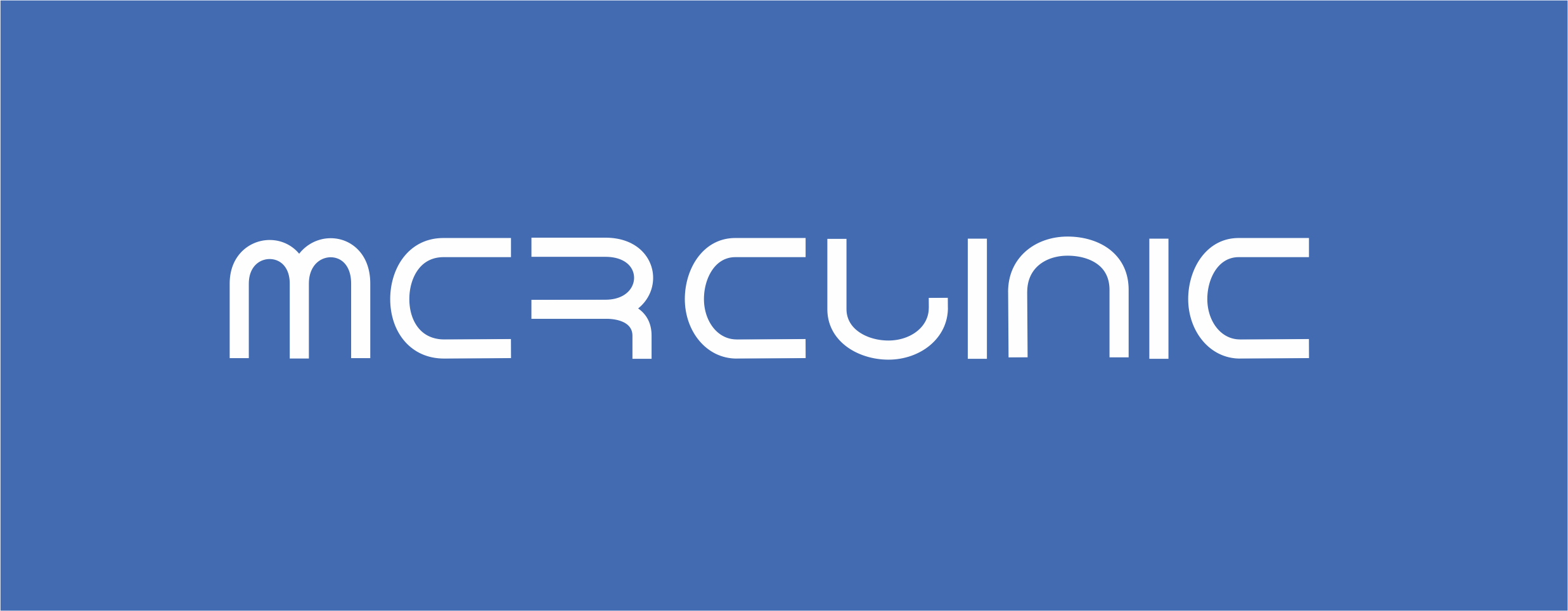Randomized controlled trials have been the clinical standard for evaluating drugs for years; performing research in a controlled environment on a specific group of patients ensures the minimized bias and thus security of the medicine. However, recently the COVID-19 pandemic and a surge in the availability of patient data have prompted the question: can we better represent real-world conditions?
That is when real-world data (RWD) comes into play. RWD is a set of any data obtained outside the traditional clinical trial setting – be it electronic health records, patient registries, insurance databases, or medical claims. RWE, real-world evidence derived from RWD, frequently provides us with data we could not obtain in controlled environments. It helps in understanding patient profiles, as well as the risks and benefits of the treatment, ultimately enabling cost- and time-saving schemes.
The growth in popularity of RWD was reflected in 2019 when the FDA approved the first RWE-based treatment of IBRANCE® (palbociclib) combined with letrozole for certain types of male breast cancer. The usage of RWD due to the small number of male breast cancer patients showcases how it can help to develop medicines in areas with limited research possibilities. Pfizer collected its data from EHR and postmarketing records and launched a program of RWD-focused clinical trials generating data from over 4,000 patients around the world.
What makes real-world data so special?
RWD is usually used in the 4th postmarketing phase of the trials, but this is not the only one where it can be applied. Some argue that RWD might be essential in determining the feasibility of the trial in the design phases, especially if it concerns rare diseases with room for uncertainty. Focusing on a particular group of patients and examining varied exclusion and inclusion criteria might be key to an easier process of participant determination.
Another area where RWD is considered particularly useful is the potential increase of heterogeneity of clinical trials. RCDs focus on a selected sample of participants that often does not represent the population of patients with coexisting conditions. The broader span of information collected through RWD could potentially explore these territories and suggest data on how the drug interacts with other diseases.
However, perhaps the most significant advantage of reliance on RWD is the increased cost- and time-saving. In contrast to controlled environments, RWD provides the investigators with insight into the time spent in the hospital or the chances of ending up back there after the implementation of the treatment. Hence, the payers receive information not only about the safety and efficacy of the drug but also about the potential savings in healthcare.
What are the limitations of this solution?
Although the idea sounds extremely promising, there are some doubts concerning its execution. The heterogeneity of the sample, despite its profits, backfires in the form of
higher estimated bias. Since the data is collected from different environments, countries and healthcare systems, there exists no standardization of its entry – this alone could be a source of huge data uncertainty. On top of this, creating a data set appropriate for analysis requires constant communication between stakeholders with different access to information sources. Some theorize that these issues might be solved by open-source patient databases that would help in more efficient RWD use and decision-making.
Growth rates of RWD integration
GlobalData reports that over the past two years, the number of studies using RWE in the 4th phase of clinical trials quadrupled, led by oncology and infectious disease research. RWD has also been introduced more frequently into the second and third stages of the trials, yet the data remain insignificant compared to RCTs, at around 0.1%.
What is worth noticing is the pandemic pressure on clinical trials to incorporate RWD – the number of RWE studies initiated in 2022 doubled compared to 2020, and both industry and non-industry sponsors increased their investment in RWD-based research. The surge in non-industry sponsors is particularly noticeable, as they have moved from constituting the minority of investors two years ago to being the dominant force behind the RWE clinical trials.
A long-run solution
The key to popularizing RWD might lay in technology – unified data sources and greater databases might be collected by wearables, artificial intelligence, or healthcare applications. After all, although real-world data utilization might have to wait a while before becoming the go-to method, its potential to make regulatory decisions and improve healthcare efficiency is already leaving its mark on the field of clinical research.
Sources:
- https://www.pfizer.com/news/press-release/press-release-detail/real-world-evidence-supports-effectiveness-first-line
- https://www.pfizer.com/news/articles/moving-beyond-clinical-trials-4-lessons-real-world-data
- https://www.clinicaltrialsarena.com/analysis/real-world-data-charge/
- https://www.clinicalleader.com/doc/how-can-i-use-real-world-data-in-clinical-trials-0001
- https://www.pharmaceutical-technology.com/analysis/real-world-data-improving-outcomes/



